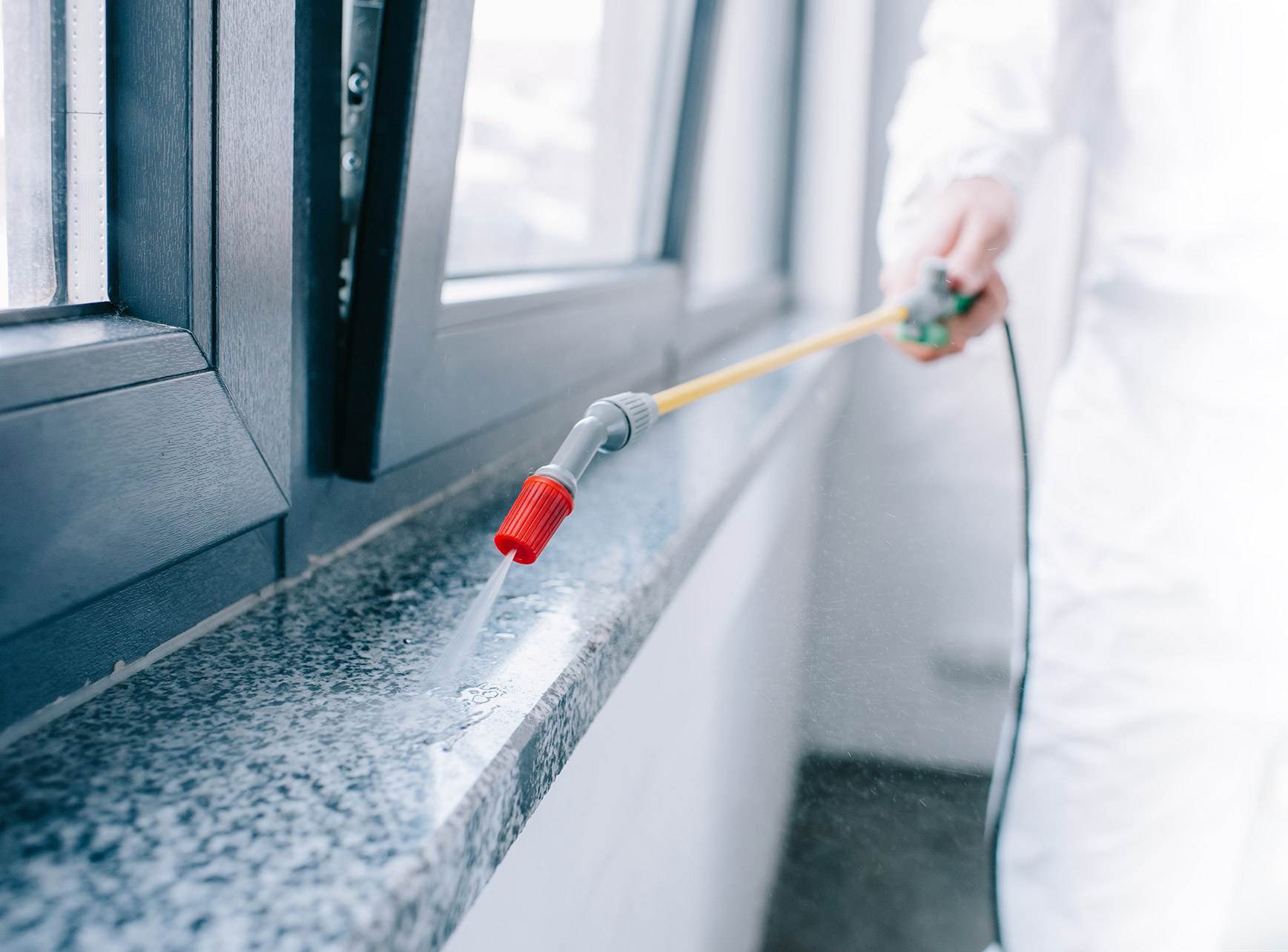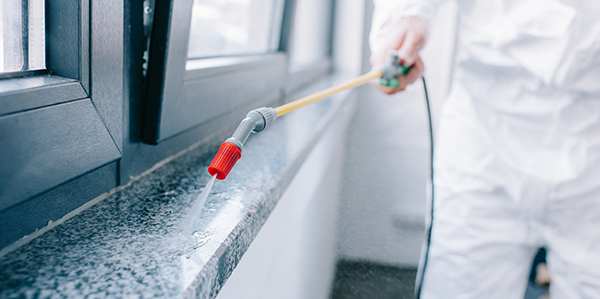PEST CONTROL SERVICE


MANAGING PEST RISKS TO PROMOTE HEALTH AND SAFETY
Buildings such as offices, schools, and production facilities can provide the ideal living conditions for pests. When office workspace remains unused or ‘mothballed’ for extended periods, nuisance pests such as vermin and cockroaches can quickly infest the space, carrying diseases with them.
Our registered pest-control operators ensure the environmentally friendly eradication and removal of rats and mice; cleaning and disinfection after rat and mouse activity (droppings, carcasses and nests); as well as elimination, spraying, baiting and trapping for problem insects.
Our industrial Pest Control Solutions Include:
- Rodent bait control stations
- Fly-control units
- Cockroach treatments
- Termite and ant treatment
- Fogging to control flying and crawling pests
- Disinfection of high-risk pest harbourages, such as refuse areas, drains and grease traps
- Bird control
- Value-added initiatives
UNDERSTANDING PEST CONTROL
Industrial pest control refers to pest management practices tailored to large-scale industrial environments, such as manufacturing plants, warehouses, and processing facilities.
This type of pest control focuses on maintaining a pest-free environment through rigorous standards and preventive measures. Industrial pest control methods often include regular inspections, structural repairs to prevent pest entry, the use of chemical and non-chemical treatments, and continuous monitoring to ensure the effectiveness of the implemented strategies.
The primary purpose of pest control in the workplace is to ensure a safe, hygienic, and comfortable environment for employees and visitors.
Effective pest control helps prevent the spread of diseases, protects the integrity of the building and stored materials from pest-related damage, and contributes to maintaining the overall health standards of the workplace.
Pest control methods can be categorised into several types, including:
- Chemical pest control: Uses pesticides to eliminate pests.
- Biological pest control: Involves using other living organisms such as predators or parasites to control pest populations.
- Mechanical pest control: Uses physical methods like traps and barriers to prevent pests from entering an area or to remove them.
- Physical pest control: Involves altering the physical environment, such as temperature or humidity, to make it unsuitable for pests.
- Integrated Pest Management (IPM): Combines various management techniques for effective pest control with minimal harm to people and the environment.
Commercial pest control companies utilize a variety of tools and methods to manage and eliminate pests in business settings. These include mechanical traps, chemical treatments, baits, and more environmentally friendly options like biological controls and integrated pest management (IPM) strategies. The specific tools and methods used depend on the type of pest, the extent of the infestation, the business environment, and local regulations.





